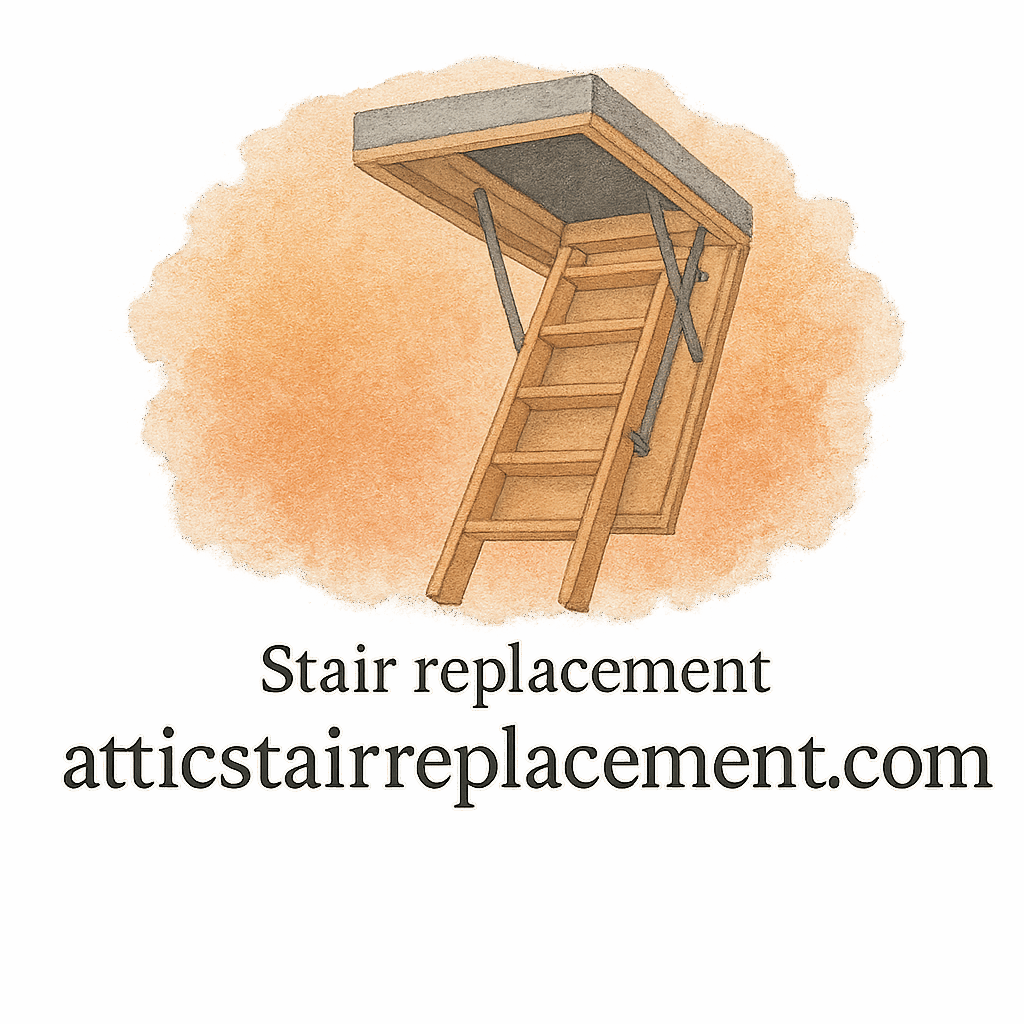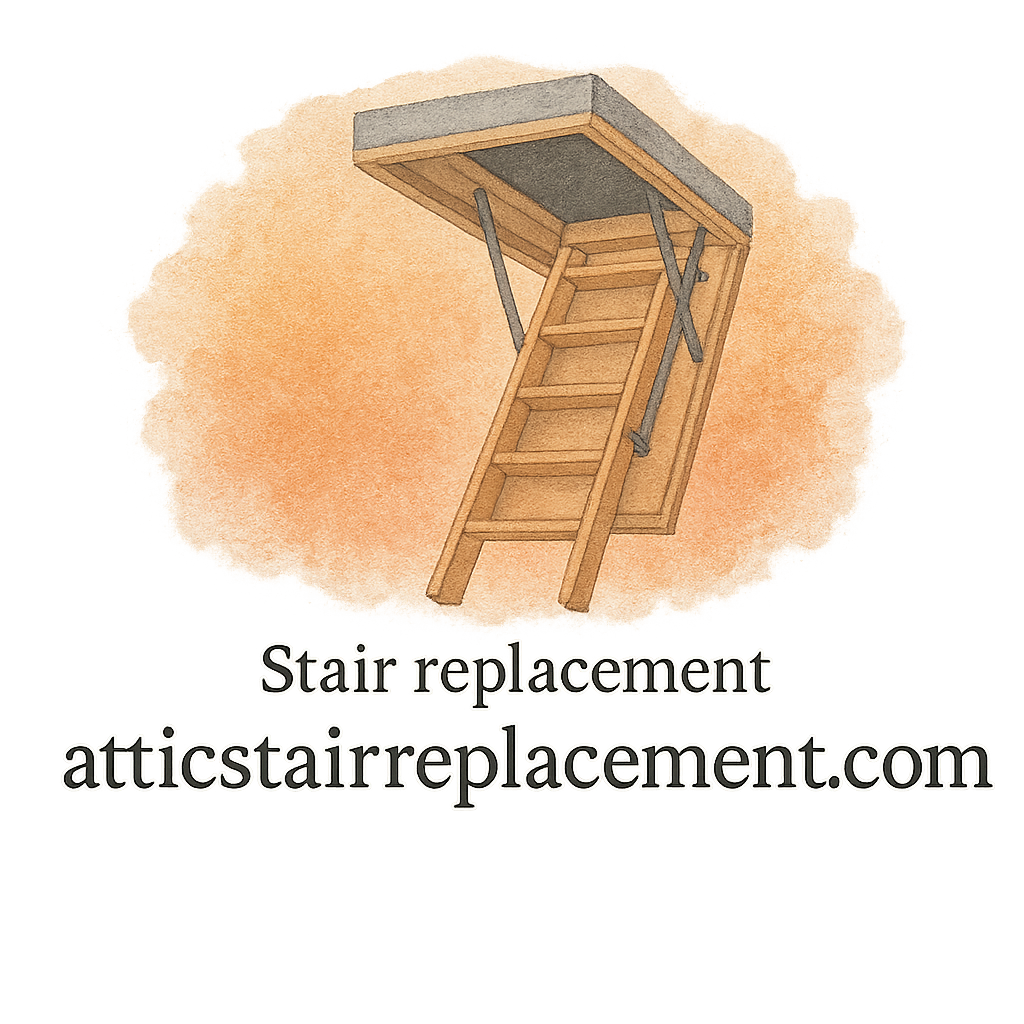Introduction
Ever thought about how something as simple as attic stairs could impact your home’s value? Most homeowners overlook them, yet this single feature can influence safety, comfort, and even the resale price of your property. Whether you’re planning a remodel or just looking for ways to make your home more functional, attic stair replacement is one upgrade that pays off in more ways than you’d expect.
In this guide, we’ll walk through 9 ways attic stair replacement adds value to your home, explore the benefits, and cover tips on installation, maintenance, and avoiding costly mistakes.
Why Attic Stairs Matter in Home Value
The Overlooked Feature That Buyers Notice
When buyers walk through a home, they may not say, “Wow, nice attic stairs!” But they will notice how accessible and safe the attic is. Old, creaky, or unstable attic stairs can leave a negative impression. New, durable, and well-designed stairs send the opposite signal: this home has been cared for.
How Functionality Impacts Appraisal
Home appraisers look at more than square footage—they look at usability. An attic with secure and functional stairs adds perceived value, similar to a finished basement or extra storage.
1. Boosts Home Safety
Prevents Slips and Falls
Old wooden attic stairs often wobble, squeak, or lack non-slip features. Replacing them with a durable, heavy-duty model reduces accidents. Safety upgrades resonate with both families and older homeowners.
Meets Modern Building Codes
New attic stairs meet today’s safety regulations, giving you peace of mind and making your property more appealing if you ever sell.
2. Improves Energy Efficiency
Sealed Access and Insulation Benefits
Did you know your attic stairs could be leaking air? Gaps around old stair frames can let heat escape in winter and cool air vanish in summer. Modern replacements often come with insulated hatches and sealed edges.
Lower Utility Bills
Energy-efficient attic stairs directly lower monthly bills. Buyers love features that reduce long-term costs, and this upgrade is one of them.
3. Enhances Storage Accessibility
Easy Access Encourages Better Use of Space
An attic is wasted space if accessing it feels like climbing a rickety ladder. With smooth, sturdy, and easy-to-pull-down stairs, homeowners actually use the attic—whether for storage, a playroom, or seasonal decor.
Adds Practical Square Footage
While not technically counted as living space, a usable attic adds “functional square footage,” which boosts your home’s appeal.

4. Adds to Aesthetic Appeal
Sleek Modern Designs
Gone are the days of bulky wooden ladders. Today’s attic stairs come in aluminum, steel, and stylish finishes that look polished.
Blending Stairs with Home Interiors
A well-fitted attic stair blends seamlessly into ceilings, making the home look modern and well-maintained.
5. Increases Property Marketability
Buyers See It as a Premium Upgrade
When potential buyers compare homes, they notice the little upgrades. Attic stair replacement may not be glamorous, but it signals attention to detail and safety, giving your listing an edge.
Helps Homes Stand Out in Listings
Real estate agents often highlight practical upgrades. “Energy-efficient attic stairs” could become a selling point in your property listing.
6. Strengthens Structural Integrity
Heavy-Duty and Durable Options
Cheap attic stairs bend or loosen over time. Investing in strong, heavy-duty stairs makes the home feel more solid and dependable.
Prevents Long-Term Wear and Tear
Replacing weak stairs prevents stress on the attic frame and flooring, reducing future repair needs.
7. Adds Versatility for Home Projects
Home Office or Renovation Access
More homeowners are converting attics into offices or hobby rooms. Safe, reliable stairs make those projects realistic.
Future-Proofing with Flexible Use
Even if you’re not renovating now, upgraded stairs prepare your home for future remodels or buyers who want that option.
8. Reduces Maintenance Costs
Fewer Repairs Over Time
Creaky, splintering, or rusty stairs need constant patch-ups. A quality replacement drastically reduces maintenance.
Smart Investment for Longevity
Think of attic stair replacement as a “set it and forget it” investment—one that holds up for years without constant fixes.
9. Maximizes ROI in Remodeling
Small Upgrade with Big Payoff
Compared to kitchen remodels or roof replacements, attic stair replacement is inexpensive. Yet, it still delivers ROI through energy savings, safety, and buyer appeal.
Comparing Cost vs. Value
On average, new attic stairs cost far less than other renovations but can still influence resale decisions. That’s a win-win.
DIY vs. Professional Installation
When DIY Installation Makes Sense
If you’re handy, you can tackle attic stair installation with the right DIY guide (DIY Installation). This saves money upfront.
Why Expert Advice Saves Money
But if you’re unsure, seeking Expert Advice prevents mistakes that could cost more in the long run.
Common Mistakes to Avoid
Choosing the Wrong Material
Lightweight stairs may save money, but they won’t hold up. Opt for durable and heavy-duty materials for long-term value.
Overlooking Hidden Costs
Factor in insulation, trim, and potential repairs to avoid surprise expenses. Our hidden cost guide breaks it down.
Final Thoughts: Why Attic Stair Replacement Pays Off
When it comes to home improvement, few upgrades combine affordability, functionality, and return on investment like attic stair replacement. From safety and energy efficiency to aesthetic appeal and marketability, this small change makes a big impact.
If you’re ready to start your project, check out our resources:
FAQs
How much does attic stair replacement cost?
On average, attic stair replacement costs between $300–$800, depending on material, size, and labor.
Does attic stair replacement add resale value?
Yes. It may not drastically raise appraisal numbers, but it boosts buyer appeal and marketability.
What type of attic stairs are best for long-term use?
Heavy-duty aluminum or steel stairs are the most durable and long-lasting.
Should I hire a contractor or do it myself?
If you’re experienced, DIY is possible. Otherwise, a contractor ensures safe, code-compliant installation.
How long does attic stair installation take?
Typically 2–4 hours for professionals, though DIY projects may take longer.
What safety features should I look for?
Look for non-slip steps, handrails, locking mechanisms, and durable frames.
Can attic stair replacement qualify as a home improvement tax deduction?
In some cases, yes—especially if linked to energy efficiency upgrades. Check with a tax advisor.


